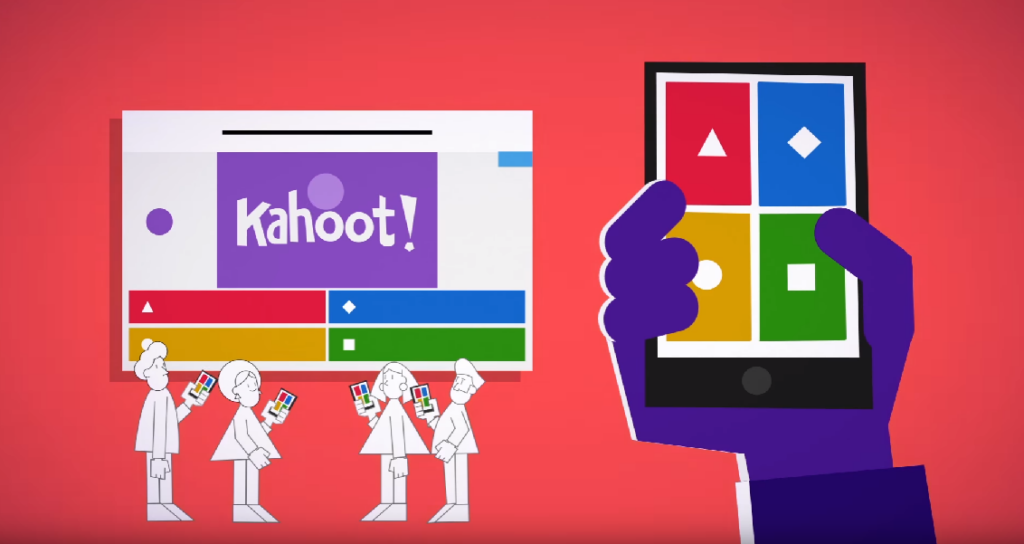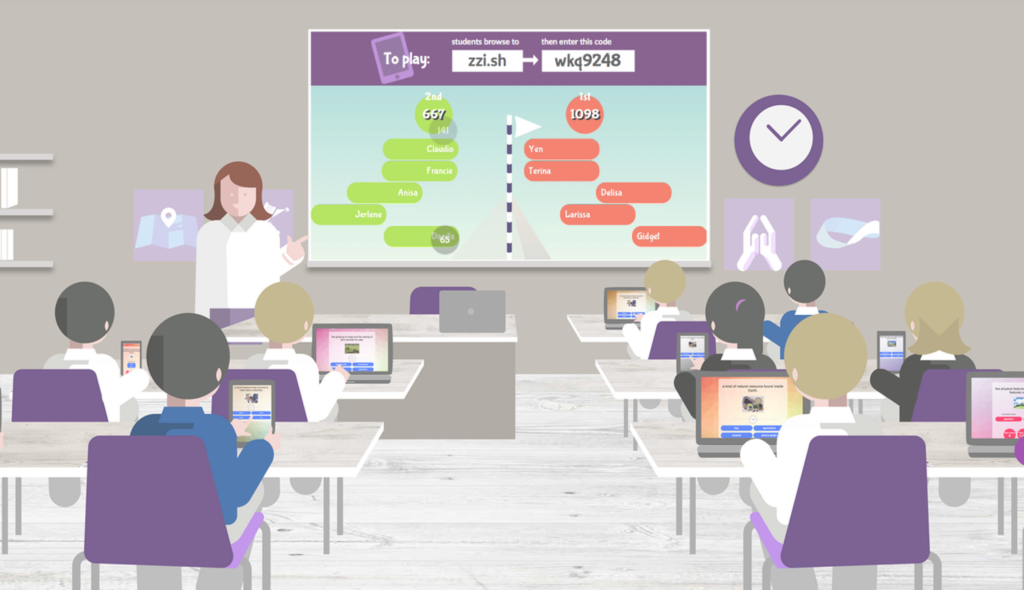By Julia Celinski, Emily Glass, Mikayla Olesen, and Rianne Yuen
For our project, we designed a cooking lesson for children named Easy Eats. We first made a lesson plan (attached below) that mapped out our learning objectives and how we wanted to design the class, including the pre-class and in-class activity and how the students would be assessed.
We created our lesson plan to deliver instructions for a new recipe being taught to a class, but the same format could be used to teach a different hobby, such as a craft. When creating this lesson plan, we ensured that it included many multimedia learning components to engage students with the material actively. We created a TikTok tutorial video, PowerPoint, and a poster using this course’s theories and multimedia learning artifacts.
The TikTok tutorial is our most beneficial method to reach the learning outcome. The video demonstrates step-by-step directions of the instructor completing the learning goal. In this multimedia tool, we focused on Mayer’s (2014) Cognitive Theory. The Cognitive Theory of multimedia learning involves the use of pictures and words to deliver the information. Ultimately, this encouraged us to edit the demonstration video and add written text. While the video shows the instructor adding the ingredients, a written text appears explaining the step. For example, the second scene of our video has written text indicating “Step 1: ½ cup of sugar” while the demonstrator is measuring out the sugar. In addition, we show steps and ingredients as these are the key words. The signalling principle elaborates on the importance of highlighting key words (Mayer, 2014). These words will stand out from other words, allowing the students to notice keywords faster. One area of the project that we felt that we could have improved was the speed of the TikTok. Due to the formatting of TikTok, we were unable to slow down the video to allow students more time to follow and understand the instructions of our recipe.
https://docs.google.com/presentation/d/1eQ2OlQvfMHuSYx1GBpoel1UStPXd0DSDp0m0bwrrr-o/edit?usp=sharing
Furthermore, the PowerPoint that we created also encompassed multiple learning theories, including the Cognitive Theory of multimedia learning, the Cognitive Load Theory, and the Dual Coding Theory.
When designing our Powerpoint, we wanted to make sure that it encompassed Mayer’s (2014) Cognitive Theory of multimedia learning. He states that multimedia learning should be designed to reflect how the human mind works as this will allow learners to engage in a more meaningful way with the content being presented. For our PowerPoint, we focussed on the personalization principle. The main idea behind this concept is promoting a cognitive learning environment that uses a conversational style instead of a formal means of receiving information to increase learner engagement. Therefore, we included statements in our narration such as “Wow, time flies!” and “These cookies were a top contender with my family” to ensure that the information being presented reflected a positive and more personal learning environment.
To continue, the Cognitive Load Theory (CLT) argues that individuals have a limited capacity for their working memory, so if the information presented to them exceeds this, then information overload occurs (Swerdloff, 2016). To ensure that information overload didn’t happen for the learner, we focused on having one idea per slide and ensuring that the information we presented on those slides was minimal. Last, we also used the Dual Coding Theory (Mayer, 2014), which argues that the presentation of both visual and verbal information aids one’s ability to process and remember information. To do this, we kept the written information on the PowerPoint to a minimum and instead focused on using images and narration to explain our lesson. This also reflects the redundancy principle (McMillan, 2009), which argues that redundant materials, such as having a teacher read the exact wording from a slide, interfere with one’s ability to process and learn the information. Moreover, by leaving minimal information on our slide and creating a conversational style narration, we could facilitate a more engaging and productive learning environment.

The poster we created follows the multimedia principle and is a beneficial method to reach the learning outcomes. The purpose of the poster is to provide students with simple step-by-step instructions that are easily accessible to them while making the cookies. By doing so, they demonstrate that they can successfully follow instructions, which is one of the learning outcomes described in our lesson plan. The Multimedia Principle explained by McCues (2020) describes how people learn better when words are accompanied by relevant pictures rather than words presented alone. The poster we created encompasses this principle as the related image accompanies each written step. For example, the first step illustrated on our poster involves mixing all ingredients, and it is supplemented with a picture of a mixing bowl.
All in all, our PowerPoint, poster, and TikTok tutorial act as tools that help students understand the steps involved in the creation of No-Bake Chocolate Oat Cookies and successfully achieve the finished product. By creating learning artifacts that demonstrate the values of the key multimedia theories and principles such as the Cognitive Theory of multimedia learning, the Cognitive Load Theory, the Multimedia Principle, Redundancy Principle, and the Dual Coding Theory, students are able to successfully reach the learning outcomes in our class.
References
Health Link BC. (2021). Healthing Eating & Physical Activity. HealthlinkBC.
Mayer, R. E. (Ed.). (2014). The Cambridge Handbook of Multimedia Learning (2nd ed.). Cambridge University Press. https://doi.org/10.1017/CBO9781139547369
McCue, R. (2021). EDCI 337—Selected Multimedia Creation Tools. [MP3].
McMillan, D. (2009). Life After Death by Powerpoint (Corporate Comedy Video) [Mp4].
https://www.youtube.com/watch?v=KbSPPFYxx3o McMillan, D. Life After Death by Powerpoint (Corporate Comedy Video) [Mp4]. https://www.youtube.com/watch?v=KbSPPFYxx3o
Swerdloff, Mathew. (2016). Chapter 8- Online Learning, Multimedia, and Emotions. Emotions, Technology, and Learning, Academic Press. P. 155-175, ISBN 9780128006498, https://doi.org/10.1016/B978-0-12-800649-8.00009-2.




Recent Comments